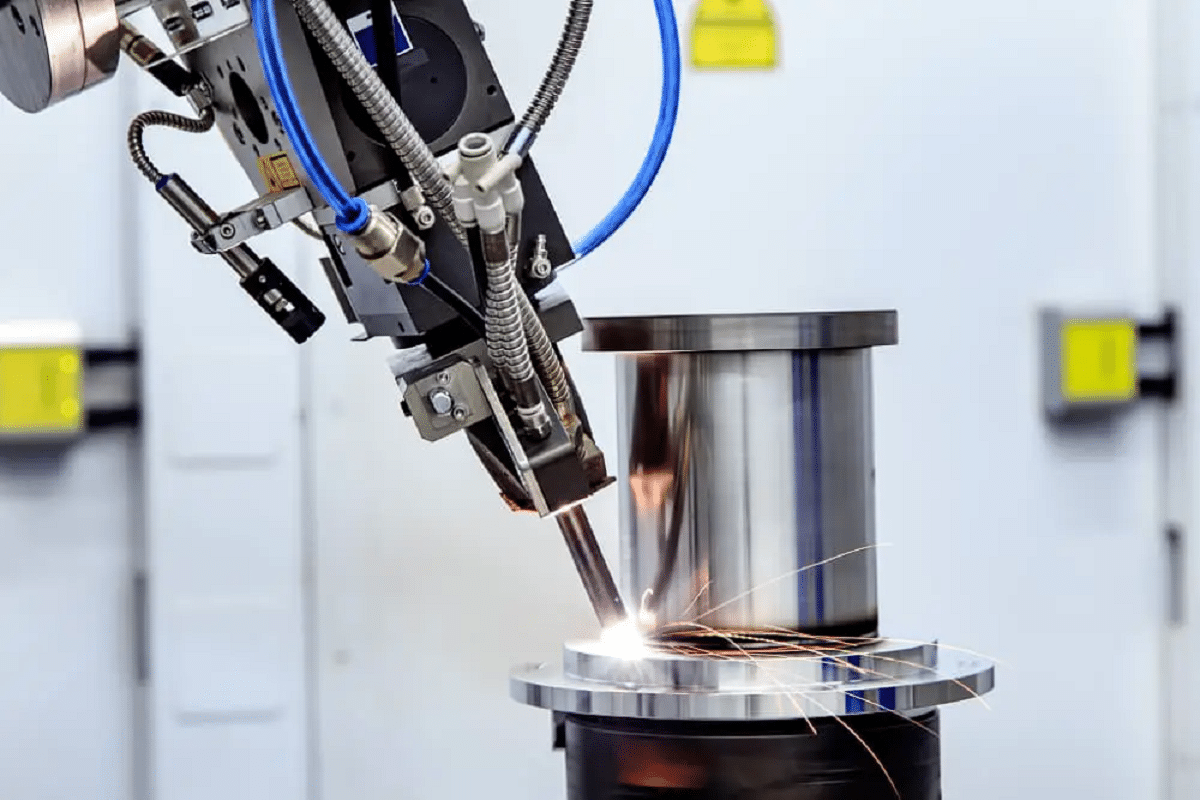Expert Strategies for Preventing Weld Undercut Properly
Expert Strategies for Preventing Weld Undercut Properly
Blog Article
Grasping the Art of Welding: Exactly How to Avoid Undercut Welding Issues for Flawless Manufacture Results
By recognizing the root creates of undercut welding and applying reliable strategies to stop it, welders can boost their craft to brand-new degrees of excellence. In the quest of flawless manufacture outcomes, mastering the art of welding to stay clear of undercut concerns is not simply an ability yet a need for those making every effort for excellence in their job.
Understanding Undercut Welding

To stop undercut welding, welders should make certain proper welding parameters, such as adjusting the current, voltage, travel speed, and preserving the correct electrode angle. By understanding the reasons of undercut welding and executing preventative steps, welders can attain high-grade, structurally audio welds.
Sources Of Undercut in Welding
Comprehending the factors that contribute to damage in welding is crucial for welders to create high-grade, structurally audio welds. When the weld metal does not appropriately fill up the groove developed in between the base metal and the formerly transferred weld steel, undercutting takes place. A number of elements can result in damage in welding. One usual reason is extreme warm input. Welding at high temperature levels for prolonged durations can cause the base metal melting more than wanted, leading to undercut. Insufficient welding present or inaccurate welding rate can additionally contribute to undercut. Not enough current may not supply enough heat to thaw the base and filler steels properly, while extreme rate can stop proper combination, creating undercut. Additionally, incorrect electrode angles or inaccurate lantern manipulation methods can produce areas of low weld steel deposition, promoting undercut. Recognizing these causes and carrying out proper welding strategies can assist avoid undercutting concerns, making certain solid and resilient welds.
Techniques to stop Undercutting

To mitigate the danger of undercutting in welding, welders can employ tactical welding techniques aimed at enhancing the quality and stability of the weld joints. One efficient approach is to readjust the welding criteria, such as voltage, existing, and take a trip speed, to guarantee proper heat input and deposition. Keeping a suitable electrode angle and ensuring constant travel speed can additionally help avoid undercut. Furthermore, making use of the correct welding technique for the certain joint arrangement, such as weave or stringer grains, can contribute to lowering damaging. Preventing weld undercut.
Employing back-step welding techniques and managing the weld grain account can also help disperse heat equally and minimize the danger of undercut. Regular assessment of the weld joint during and after welding, as well as carrying out high quality assurance actions, can help in finding and attending to damaging issues without delay.
Significance of Appropriate Welding Parameters
Selecting and keeping suitable welding specifications is necessary for attaining effective welds with very little problems. Welding criteria refer to variables such as voltage, current, travel speed, electrode angle, and protecting gas flow price that directly affect the welding procedure. These specifications need to check out here be meticulously readjusted based on the kind of product being welded, its thickness, and the welding strategy employed.
Appropriate welding specifications make sure the best amount of warmth is put on melt the base metals and filler product uniformly. If the specifications are set too expensive, it can bring about excessive heat input, triggering distortion, burn-through, or spatter. On the other hand, if the specifications are also reduced, incomplete fusion, absence of penetration, or undercutting may occur.
Quality Control in Welding Operations

Conclusion
To conclude, mastering the art of welding requires a complete understanding of undercut welding, its reasons, and methods to avoid it. By ensuring appropriate welding specifications and implementing quality control techniques, perfect construction results can be attained. It is important for welders to consistently pursue excellence in their welding operations to stay clear of undercut problems and produce high-grade welds.
Undercut welding, an usual problem in welding processes, happens when the weld metal does not appropriately fill the groove and leaves a groove or depression along the bonded joint.To avoid undercut welding, welders must make sure proper welding specifications, such as readjusting the present, voltage, travel speed, and preserving the right electrode angle. Insufficient welding wrong or present welding rate can also add to damage.To minimize the danger of undercutting in welding, welders can employ calculated welding methods aimed at improving the quality and honesty of great post to read the weld joints.In conclusion, mastering the art of welding needs a complete understanding of undercut welding, its causes, and strategies to stop it.
Report this page